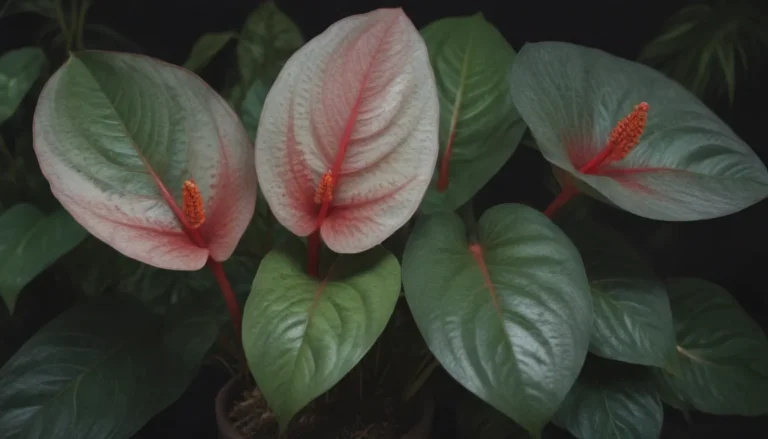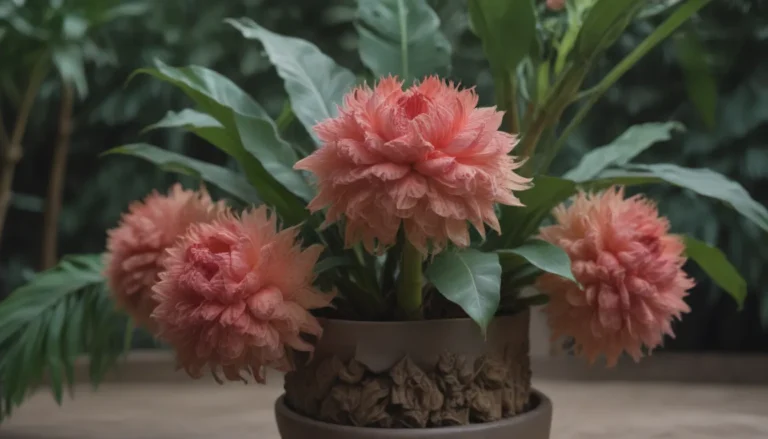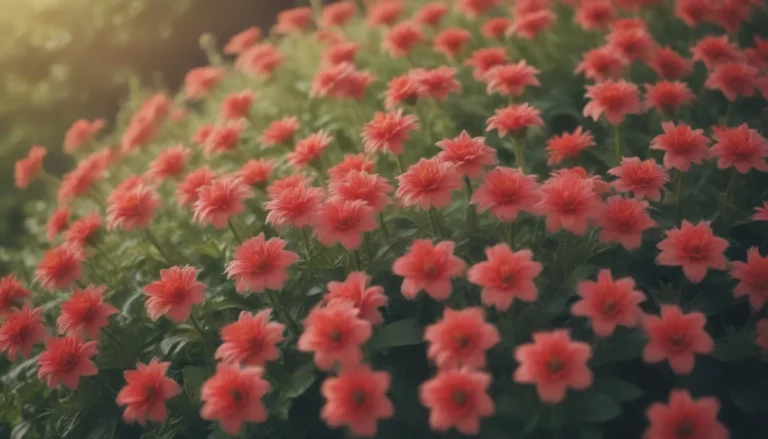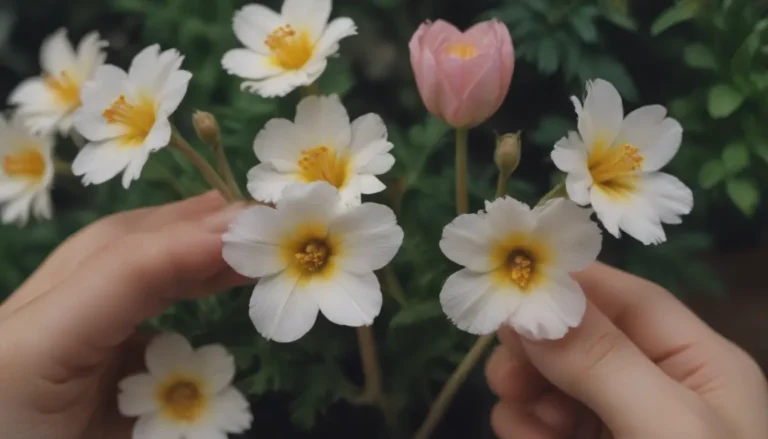How to Grow and Care for the Money Tree: A Comprehensive Guide
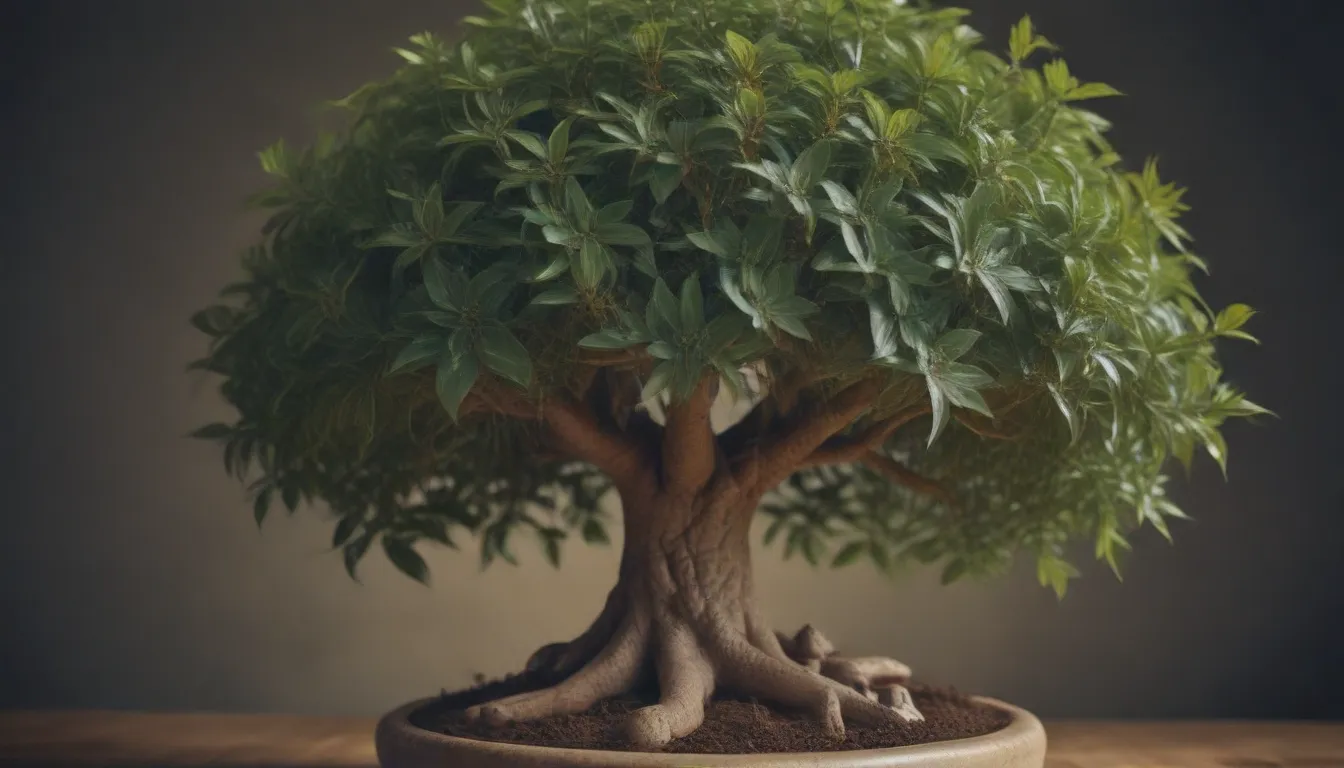
If you’re looking to add a touch of nature and positivity to your home, the money tree is an excellent choice. Originally hailing from Central and South America, this plant has gained popularity as a houseplant due to its resilience and ease of care. Whether you’re new to the world of indoor gardening or a seasoned pro, growing and caring for a money tree can be a rewarding experience. In this comprehensive guide, we’ll walk you through everything you need to know to ensure your money tree thrives and flourishes.
Introduction to the Money Tree
The money tree, known for its braided trunk and lush foliage, is not only a beautiful addition to any home but also a symbol of positive energy and good fortune. In the practice of feng shui, the money tree is believed to attract prosperity and abundance, making it a popular choice for those seeking to enhance the energy flow in their living space.
When growing a money tree, it’s essential to provide the proper care to ensure its health and longevity. From light and soil requirements to watering and pruning, each aspect of care plays a vital role in helping your money tree thrive.
Money Tree Care Tips
Here are some essential care tips to help you grow a healthy and vibrant money tree:
Light
- Money trees thrive in bright to medium indirect sunlight, receiving at least six hours of light each day.
- If natural light is limited, fluorescent light can also support the growth of your money tree.
Soil
- Choose a potting mix with excellent drainage, such as a peat moss-based medium, to maintain proper soil acidity (pH between 6.0 and 7.5).
- Ensure the potting container has adequate drainage to prevent waterlogging and root rot.
Water
- Water your money tree regularly, allowing the top inch of soil to dry out between waterings.
- Increase watering frequency during the spring and summer months, and reduce it in the fall and winter to prevent overwatering.
Temperature and Humidity
- Maintain a temperature range of 65-75 degrees Fahrenheit for optimal growth.
- Increase humidity levels around your money tree by misting the leaves, using a pebble tray filled with water, or using a humidifier.
Fertilizer
- Feed your money tree with a diluted, all-purpose houseplant fertilizer monthly during the growing season.
- Reduce fertilization to every two months in the fall and winter when the plant is less active.
Pruning and Maintenance
Pruning plays a crucial role in maintaining the health and shape of your money tree. Whether you’re crafting a braided trunk, training it as a bonsai, or controlling its size, regular pruning is essential. Trimming the lower leaves can also stimulate new growth at the top of the plant.
Braiding a Money Tree
Braiding multiple stems of a money tree together is believed to trap good fortune within its folds. To braid a young and flexible money tree, follow these simple steps:
- Select healthy, flexible stems that are at least a foot long.
- Gently braid the stems together, similar to braiding hair, with a light touch.
- Secure the braided portion and pot the plant as one unit.
Propagating and Repotting
If you’re looking to expand your money tree collection or refresh its growth, propagation and repotting are essential steps in caring for your plant.
Propagating
- Propagate your money tree from stem cuttings during the spring or summer when the plant is actively growing.
- Follow detailed instructions for successful propagation and ensure the cuttings have ample moisture and light.
Potting and Repotting
- Choose a nutrient-rich potting soil with good drainage for your money tree.
- Repot your money tree when necessary to allow for further growth, ensuring proper drainage and room for the roots to expand.
Common Pests and Problems
Despite being a hardy plant, money trees are susceptible to common pests and issues that can affect their health. Keep an eye out for mealybugs and scale, treating infestations promptly with mild insecticides or horticultural oils.
Common Problems
- Yellow or brown leaves may indicate overwatering or underwatering, as well as light deficiencies. Adjust watering and light conditions accordingly.
- Soft stems or trunk signal overwatering, while a leggy appearance suggests inadequate light exposure. Find a suitable location with sufficient light for your money tree’s growth.
Conclusion
In conclusion, the money tree is a versatile and rewarding houseplant that can bring positive energy and beauty to any indoor space. By following these care tips and best practices, you can ensure your money tree thrives and flourishes for years to come. Whether you’re a beginner or experienced gardener, the joy of growing and caring for a money tree is unmatched. Embrace the process, enjoy the journey, and watch your money tree grow and prosper in your home. Happy gardening!


